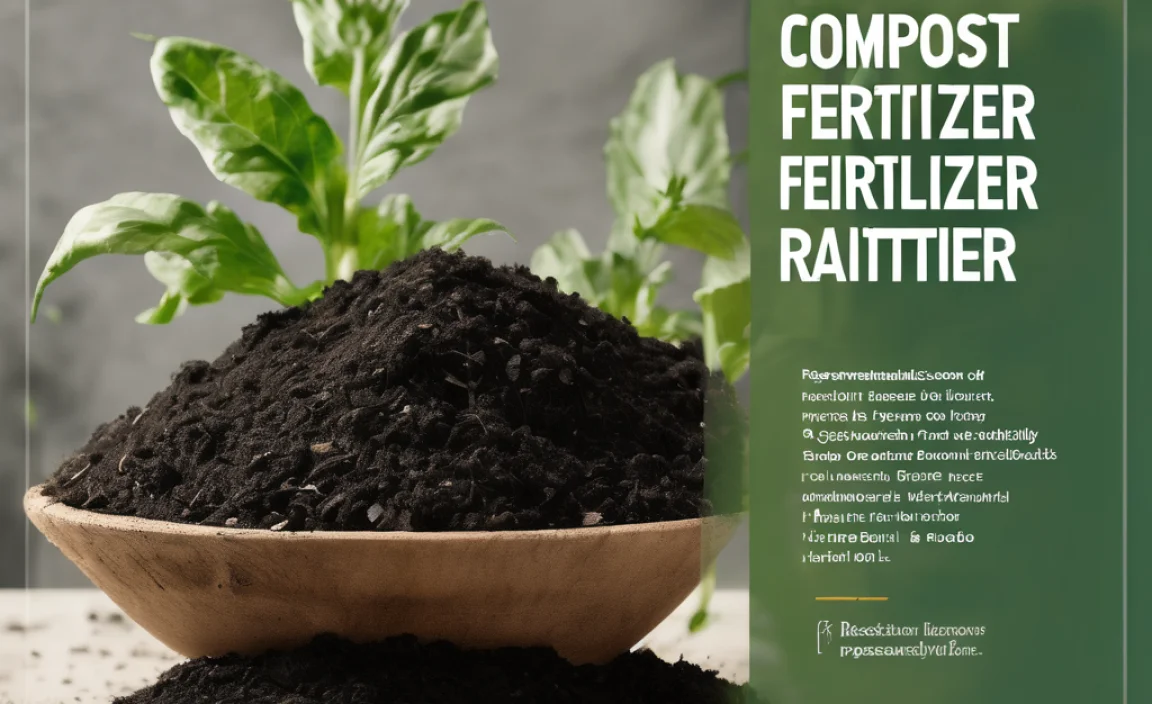Ever looked at kitchen scraps and yard waste and thought, “What a mess”? You’re not alone! It feels like a shame to just toss things away. But what if there was a way to turn that “waste” into something amazing for your garden? We’ll show you how creating compost fertilizer is not only easy but also incredibly good for the planet. Get ready to transform your garden and reduce your trash!
Compost Fertilizer: Proven Sustainable Benefits for Your Garden and the Planet
Hey there! Troy D Harn from TopChooser here. If you’re anything like me, you love a good garden. And if you’re just starting out, you might be staring at bags of store-bought fertilizer and wondering if there’s a simpler, more natural way. Well, I’ve got some fantastic news for you. We’re diving into the world of compost fertilizer, and trust me, it’s a game-changer. It’s not just about feeding your plants; it’s about nurturing the earth beneath them. We’ll break down exactly what compost is, why it’s so good for sustainable gardening, and how you can get started with making your own. No fancy jargon, just simple steps and big benefits!
What is Compost Fertilizer, Anyway?
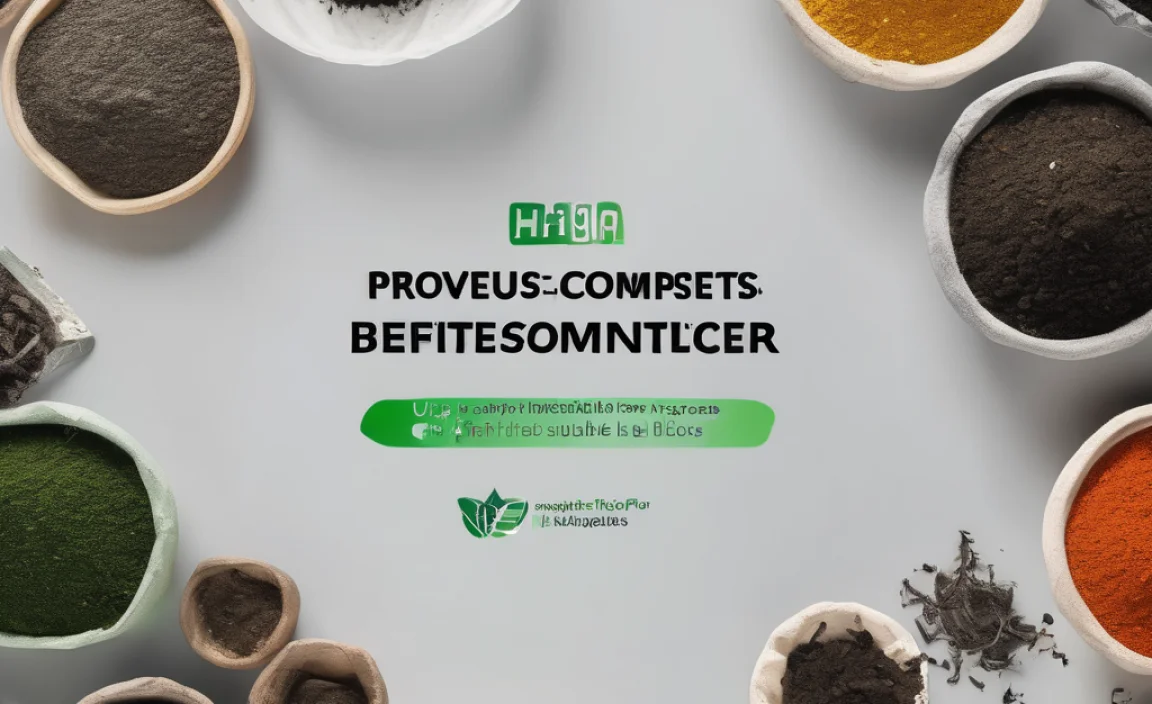
Think of compost fertilizer as nature’s superfood for your soil. It’s essentially decomposed organic material – things like fruit and vegetable scraps, coffee grounds, eggshells, leaves, grass clippings, and even shredded newspaper. When these materials break down naturally, they form a dark, crumbly, nutrient-rich substance that’s pure gold for your garden.
Unlike synthetic fertilizers that give plants a quick, often temporary, boost, compost works with your soil to improve its structure and health over the long term. It’s like giving your plants a slow-release meal that makes them stronger and more resilient. Plus, it’s completely natural, so you know exactly what you’re putting into your soil.
The Amazing Sustainable Benefits of Compost Fertilizer
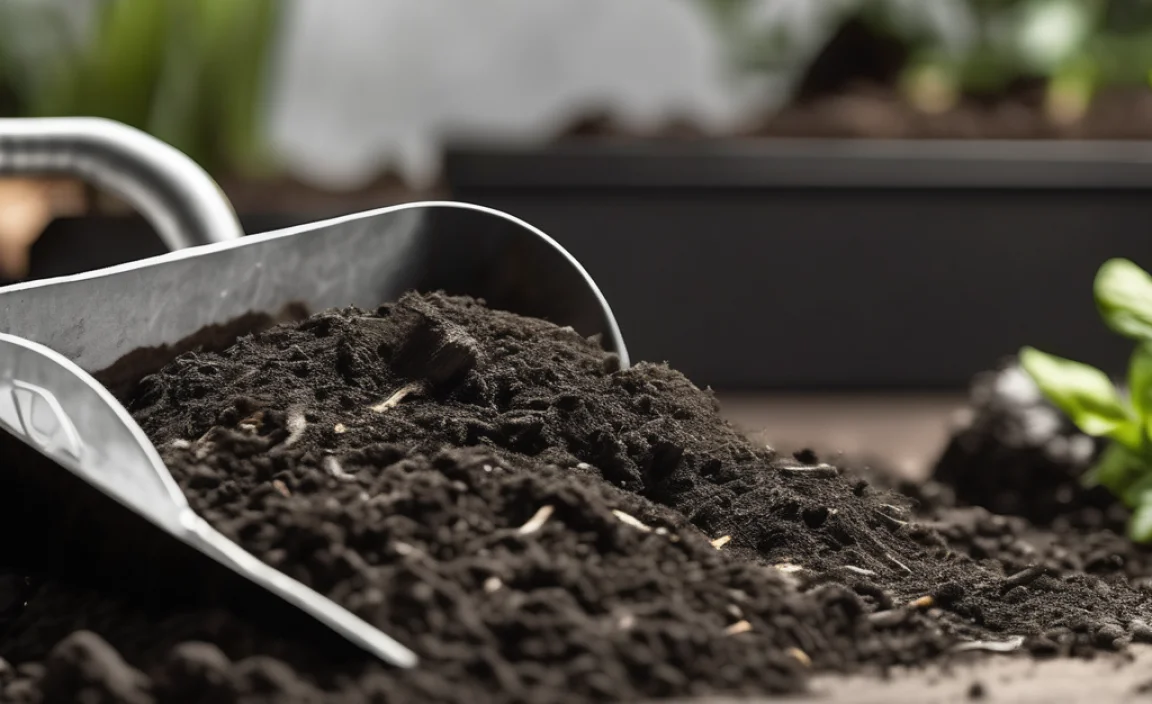
Using compost fertilizer isn’t just a gardening trend; it’s a powerful way to practice sustainability. It’s about making smart choices that benefit your garden, your wallet, and the environment. Let’s break down some of the key advantages:
1. Reduces Landfill Waste
This is a big one! A substantial portion of household waste is organic material that could be composted. When you throw food scraps and yard trimmings into the garbage, they end up in landfills. There, they decompose without oxygen (anaerobically), producing methane, a potent greenhouse gas contributing to climate change. By composting, you divert this waste from landfills, significantly reducing your environmental footprint.
According to the U.S. Environmental Protection Agency (EPA), food scraps and yard waste together constitute more than 30% of what we throw away. Imagine the impact if more people composted!
2. Enriches Soil Health and Structure
Healthy soil is the foundation of a thriving garden. Compost acts as a fantastic soil amendment, improving its physical, chemical, and biological properties.
- Improves Soil Structure: For sandy soils, compost helps retain moisture and nutrients. For clay soils, it loosens them up, improving drainage and aeration, making it easier for plant roots to grow.
- Boosts Nutrient Content: Compost is packed with essential macro and micronutrients that plants need. It releases these nutrients slowly, providing a steady food source.
- Increases Water Retention: Compost acts like a sponge, holding onto water. This means you’ll need to water your garden less often, saving water and time.
- Promotes Healthy Microbial Activity: Compost is teeming with beneficial microorganisms, fungi, and earthworms. These living organisms help break down organic matter further, make nutrients available to plants, and suppress plant diseases.
3. Reduces the Need for Chemical Fertilizers
Synthetic fertilizers can be harsh on your soil and the environment. They can leach into waterways, causing pollution, and their production is energy-intensive. Compost, on the other hand, provides a natural, slow-release source of nutrients that plants can easily absorb.
By relying on compost, you decrease your dependence on these chemicals. This is not only better for the environment but also for your health and the health of any edible plants you grow. You’re creating a more natural and balanced ecosystem right in your backyard.
4. Conserves Water
As mentioned, compost dramatically improves the soil’s ability to hold water. This is a significant benefit, especially in drier climates or during hot summer months. With increased water retention, your plants stay hydrated for longer periods, making them more drought-tolerant. This natural water-saving ability is a huge win for sustainable gardening and helps reduce your overall water consumption.
5. Suppresses Plant Diseases and Pests
This might surprise you, but compost can actually help your plants fight off diseases and pests! The diverse community of beneficial microbes in compost-y soil helps to outcompete or even attack harmful pathogens and insects. Healthy plants growing in healthy soil are naturally more resistant to problems, meaning you’ll have less need for pesticides.
It creates a balanced ecosystem where nature helps keep things in check, rather than relying on artificial interventions.
6. Saves Money
Think about it: instead of buying bags of fertilizer and soil amendments, you’re creating your own for free! The initial setup for a compost bin might have a small cost, but the ongoing savings are substantial. You’re turning waste materials into a valuable resource, keeping money in your pocket and out of the trash.
7. Improves Air Quality
By diverting organic waste from landfills, you reduce the production of methane, a greenhouse gas. This directly contributes to cleaner air and helps mitigate climate change. Furthermore, healthy compost-rich soil can absorb more carbon dioxide from the atmosphere, acting as a carbon sink.
Getting Started: Your Simple Guide to Composting
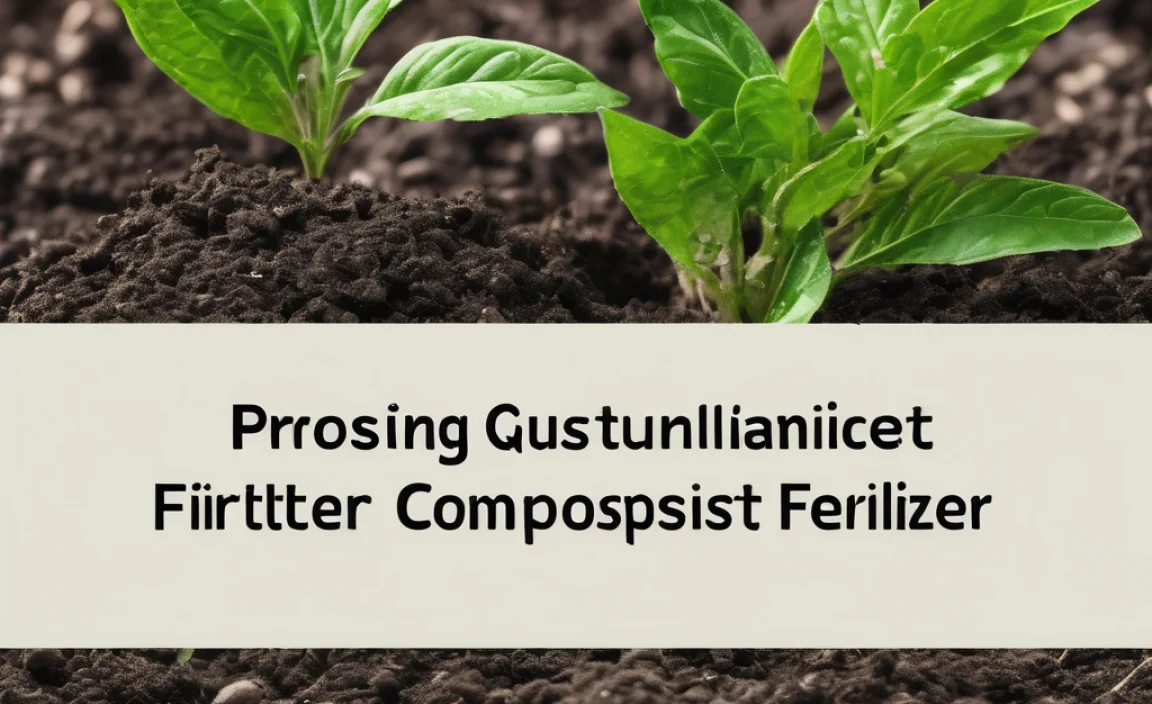
Ready to harness these amazing benefits? Making compost is easier than you might think. It’s all about balancing certain ingredients and giving nature a little help.
Choosing Your Composting Method
There are several ways to compost, depending on your space and preference:
| Method | Description | Best For | Pros | Cons |
|---|---|---|---|---|
| Open Pile/Heap | Piling organic materials directly on the ground in a designated spot. | Larger yards, lots of yard waste. | Simple, no cost for a bin, easy to turn large amounts. | Can look messy, may attract pests if not managed well, takes up more space. |
| Enclosed Bin (Tumbler or Stationary) | Specially designed bins that contain the compost. Tumblers make turning easy. | Smaller yards, urban gardening, aesthetics. | Neater appearance, helps retain heat and moisture, deters pests, tumblers make turning very easy. | Can be more expensive, limited capacity, tumblers can be heavy to turn when full. |
| Worm Composting (Vermicomposting) | Using red wiggler worms in a special bin to break down food scraps. | Apartments, no yard space, mostly kitchen scraps. | Fast processing of kitchen waste, produces nutrient-rich worm castings, can be done indoors. | Requires specific types of worms, sensitive to temperature, can’t process large volumes of yard waste. |
The “Greens” and “Browns” – Your Compost Recipe
The secret to good compost is a balanced mix of “greens” and “browns.” Think of it like a recipe for your compost pile!
- Greens (Nitrogen-Rich): These are typically moist materials that provide nitrogen. They help heat up the pile and get the decomposition process going.
- Fruit and vegetable scraps
- Coffee grounds and tea bags
- Grass clippings (in thin layers)
- Plant trimmings
- Eggshells
- Browns (Carbon-Rich): These are drier materials that provide carbon. They add bulk, allow air circulation, and prevent the pile from becoming too wet and smelly.
- Dry leaves
- Shredded newspaper or cardboard (avoid glossy inks)
- Straw or hay
- Wood chips or sawdust (in small amounts)
- Twigs and small branches
A good rule of thumb is to aim for a ratio of about 2-3 parts Browns to 1 part Greens by volume. Too much green can lead to a stinky, slimy pile. Too much brown can slow down decomposition.
What NOT to Compost
To keep your compost healthy and avoid attracting pests or spreading diseases, steer clear of these items:
- Meat, fish, and dairy products (can attract pests and smell bad)
- Oily foods and fats
- Diseased plants
- Weeds that have gone to seed (they might survive and spread)
- Pet waste (dog and cat feces can contain pathogens)
- Treated wood or sawdust from treated lumber
- Coal or charcoal ash
- Glossy or coated paper/cardboard
Step-by-Step: Building Your Compost Pile
Here’s a simple way to get your compost bin or pile started:
- Choose a Location: Find a spot that’s convenient, has decent drainage, and gets some sun (but not too much direct, harsh sun if you’re in a hot climate). If using a bin, place it on bare soil if possible, so beneficial organisms can get in.
- Start with a Base Layer: Begin with a layer of coarse brown materials, like twigs or wood chips, about 4-6 inches thick. This helps with aeration and drainage from the bottom.
- Alternate Layers: Add alternating layers of greens and browns. Aim for thin layers of greens and thicker layers of browns. Chop larger items into smaller pieces to speed up decomposition.
- Moisten as You Go: Each time you add a layer, lightly sprinkle it with water. The compost should feel like a damp sponge – moist, but not soaking wet.
- Turn Your Compost: To speed things up and ensure good aeration, you’ll want to turn your compost pile every week or two. Use a pitchfork or shovel to mix the outer layers into the center and vice-versa. If you have a tumbler, just give it a good spin!
- Be Patient: Depending on the materials you use, the size of your pile, and how often you turn it, compost can be ready in as little as 2-3 months or up to a year. You’ll know it’s ready when it’s dark, crumbly, and smells like fresh earth.
Using Your Finished Compost Fertilizer
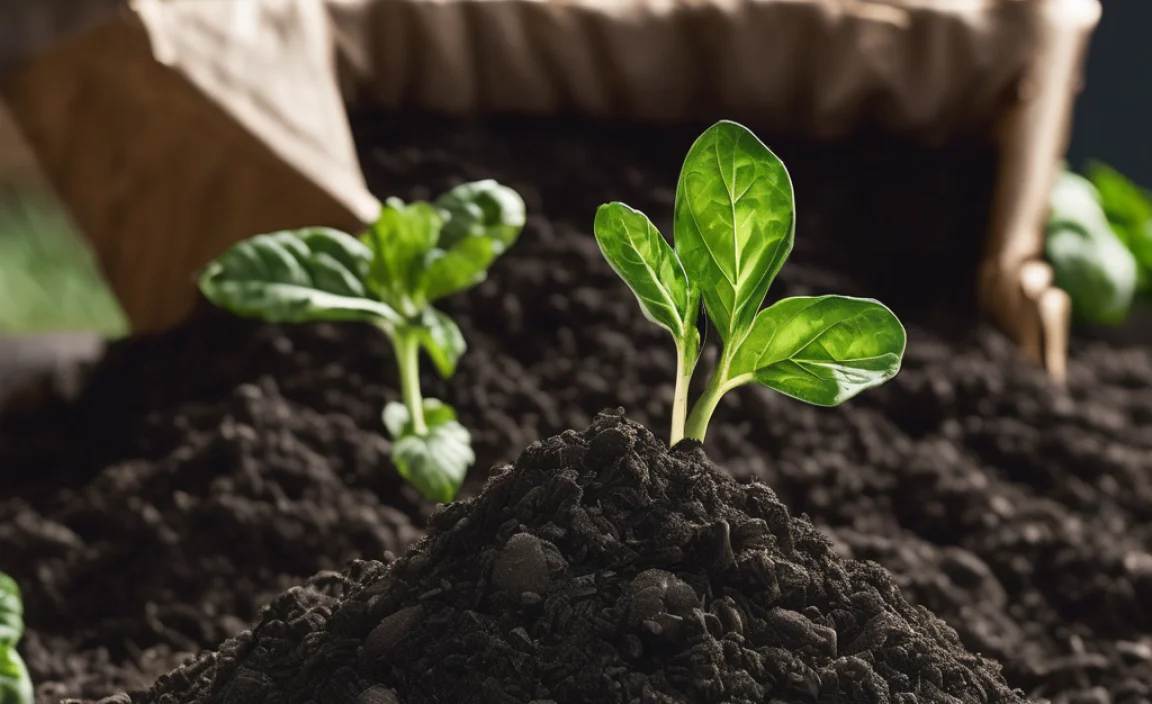
Once your compost is ready, you’ve got a treasure trove for your garden! Here are a few ways to use it:
- As a Soil Amendment: Mix a few inches of compost into garden beds before planting. This is great for improving the soil structure and nutrient levels.
- As a Top Dressing: Spread a 1-2 inch layer of compost around existing plants, shrubs, and trees. This helps retain moisture, suppresses weeds, and provides ongoing nutrients.
- In Potting Mix: Combine compost with other ingredients like peat moss or coir and perlite to create a rich potting mix for containers and hanging baskets.
- For Lawns: Rake a thin layer of compost over your lawn to improve soil health and encourage greener grass.
Compost vs. Store-Bought Fertilizer: A Quick Comparison
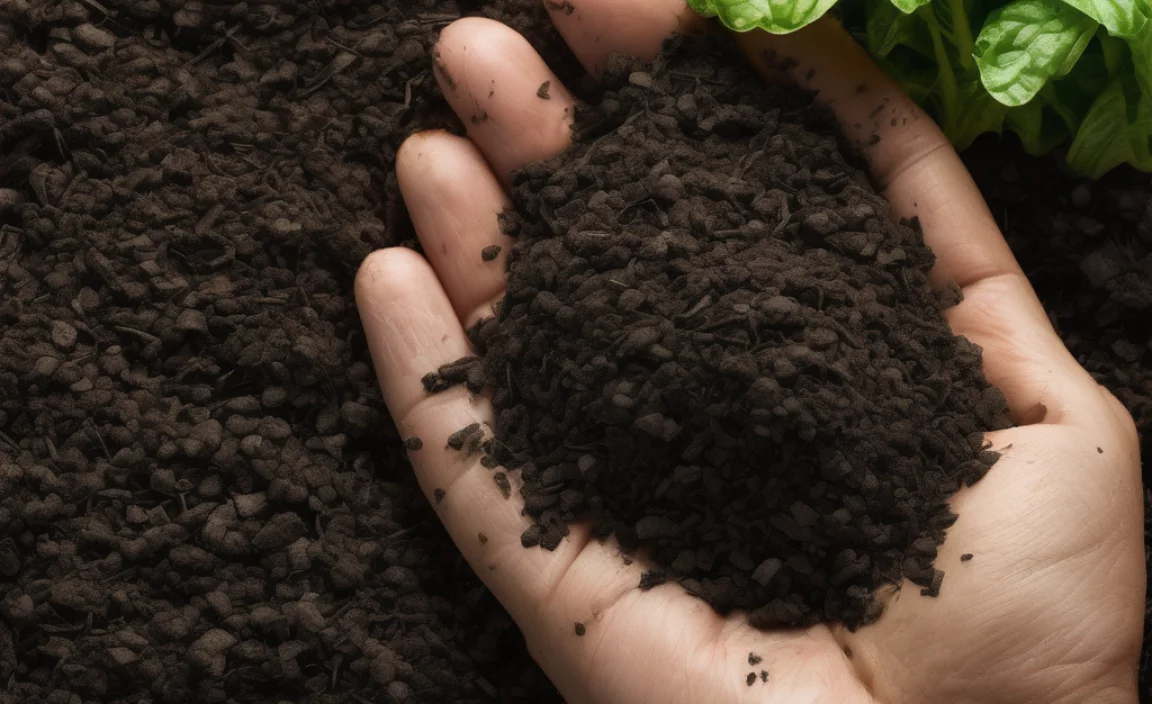
To really drive home the benefits, let’s look at how compost stacks up against typical store-bought fertilizers.
| Feature | Compost Fertilizer | Synthetic Fertilizer |
|---|---|---|
| Nutrient Release | Slow and steady, feeding plants over time. | Fast, can lead to ‘burning’ if over-applied. |
| Soil Improvement | Enhances soil structure, water retention, and microbial life. | Primarily provides nutrients; can degrade soil structure over time. |
| Environmental Impact | Reduces landfill waste, lowers greenhouse gas emissions, conserves water. | Production is energy-intensive, can cause water pollution (runoff). |
| Cost | Free or low cost (if DIY). | Ongoing expense. |
| Safety | Safe for all plants, beneficial for soil ecosystem. | Requires careful application to avoid plant damage or environmental harm. |
| Source | Recycled organic materials. | Chemically manufactured. |
Addressing Common Composting Concerns
It’s normal to have questions when you’re starting something new. Here are a few common concerns about composting
Conclusion: Your Garden’s Healthiest Step
Turning discarded kitchen scraps and yard waste into nutrient-rich compost fertilizer is one of the most rewarding and sustainable practices you can adopt for your home garden. It’s a simple, natural process that not only feeds your plants but also revitalizes your soil, conserves precious water, and significantly reduces your environmental impact by diverting waste from landfills.
You’re not just gardening; you’re participating in a cycle that benefits your local ecosystem and contributes to a healthier planet. So, grab those coffee grounds, those fallen leaves, and start building your compost pile today. You’ll be amazed at the difference it makes in your garden’s vitality and your own satisfaction. Happy composting!
Frequently Asked Questions (FAQ)
Q1: Will my compost pile smell bad?
A: A properly managed compost pile, with a good balance of greens and browns and adequate aeration, should smell earthy, like forest soil. Foul odors (like rotten eggs or ammonia) usually indicate too much green material, not enough air, or it’s too wet. If it smells bad, add more browns and turn the pile.
Q2: How long does it take to make compost?
A: It varies! A hot, actively managed pile can produce compost in 2-3 months. A cooler, less frequently turned pile might take 6 months to a year. Factors include the types of materials, pile size, temperature, and how often you turn it.
Q3: Can I compost everything from my kitchen?
A: Mostly yes, but avoid meat, dairy, and oily foods. These can attract pests and create odors. Also, be mindful of citrus peels and other acidic items in large quantities, especially for worm composting.
Q4: What if my compost pile is too dry?
A: If it’s too dry, decomposition will slow down. Lightly water the pile as you’re building it or watering it. You can also add more moisture-rich green materials. Aim for the “damp sponge” consistency.
Q5: Will composting attract rodents or other pests?
A: If you compost meat, dairy, or oily products, yes, it can attract pests. Sticking to approved materials (greens and browns) and using an enclosed bin or tumbler can significantly deter pests. Burying fresh kitchen scraps in the center of the pile also helps.
Q6: Do I need special tools to start composting?
A: Not at all! You can start with nothing but a corner of your yard for an open pile. If you get a bin, a pitchfork or shovel to turn it is helpful. For tumblers, the bin itself does most of the work. A simple thermometer can help monitor pile temperature, but it’s not essential for beginners.

I am passionate about home engineering. I specialize in designing, installing, and maintaining heating, ventilation, and air conditioning systems. My goal is to help people stay comfortable in their homes all year long.


